100 Years Of Golf Gear Innovation
Fergus Bisset charts some of the biggest equipment advances, and most iconic pieces of kit, in each decade over the last century
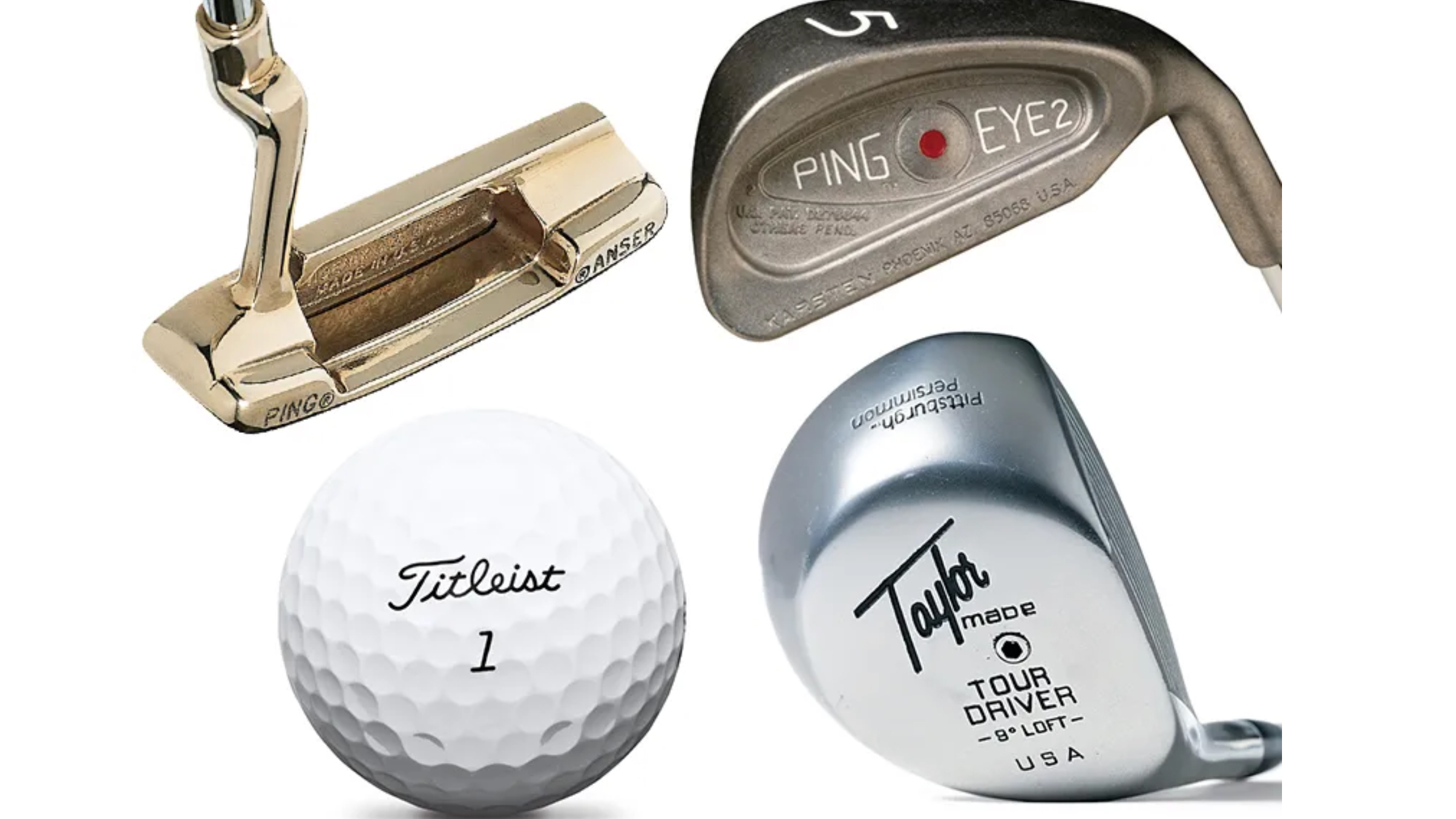
If you were to look in the bag of a modern day golf pro, you would likely find a vast array of technologically advanced pieces of equipment. These days, top professionals expect the best drivers, best golf balls and of course the best irons, as often the smallest margins are what set them apart from their fellow competitors.
In the past century, golf gear manufacturers and designers have manufactured and implemented countless innovations to produce equipment that allows golfers of all abilities to perform at their peak.
In this article, we take a look at the last 100 years of golf gear innovation, on a decade-by-decade journey from the 1920's to the present day...
1920s - Steel shafts
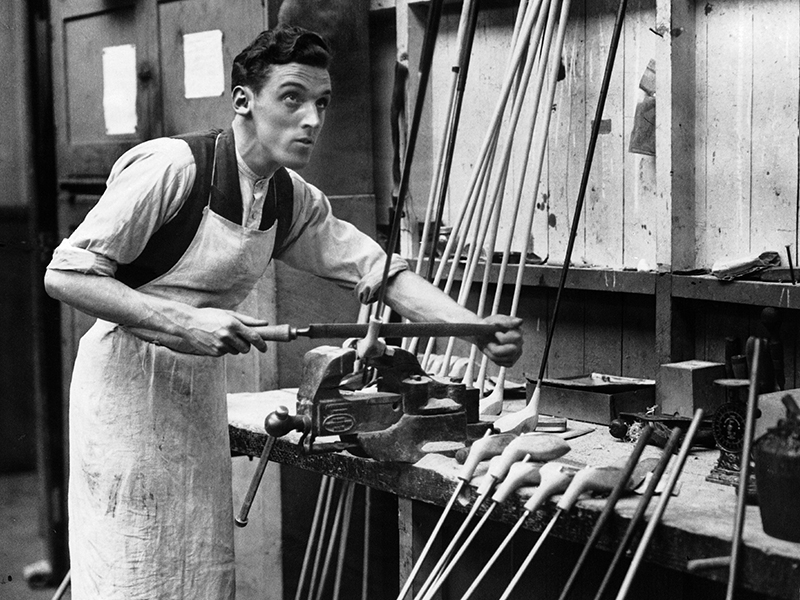
Steel shafts were not new in the 1920s, as they had originally been designed by Scottish blacksmith Thomas Horsburgh in the 1890s, but this is when they started to find favour. The steel shaft was officially made legal by the USGA in 1924 and by the R&A in 1929.
By 1929, True Temper had developed the first step shaft that tapered to fit into the clubhead. To help golfers make the transition, the early steel shafts were painted in a hickory style, and it wasn't until 1931 that Billy Burke became the first Major Champion to use steel shafts at the 1931 US Open.
1930s - Gene Sarazen’s sand wedge
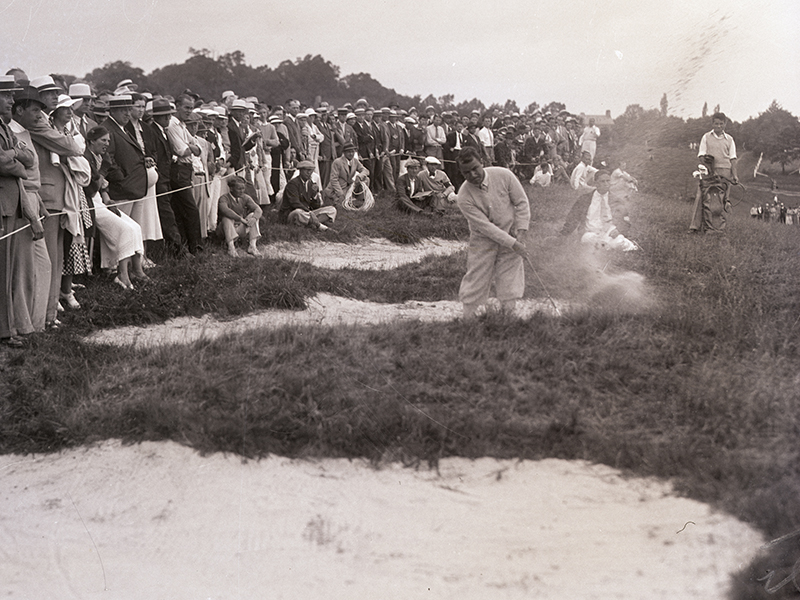
Contrary to popular belief, Gene Sarazen didn't actually invent the sand wedge. He did however create something that was very much the precursor to the modern club we recognise today.
Sarazen first thought of the idea while being taught to fly a plane from eccentric millionaire Howard Hughes. He noted that the tail of the plane moved downwards on take-off and so began to experiment by adding weight to the sole of his niblick. This adaption yielded great results for Sarazen on his way to winning the 1932 Open Championship, allowing him to get the ball up and out of the sand more effectively.
Get the Golf Monthly Newsletter
Subscribe to the Golf Monthly newsletter to stay up to date with all the latest tour news, equipment news, reviews, head-to-heads and buyer’s guides from our team of experienced experts.
1940s - The Bulls Eye putter
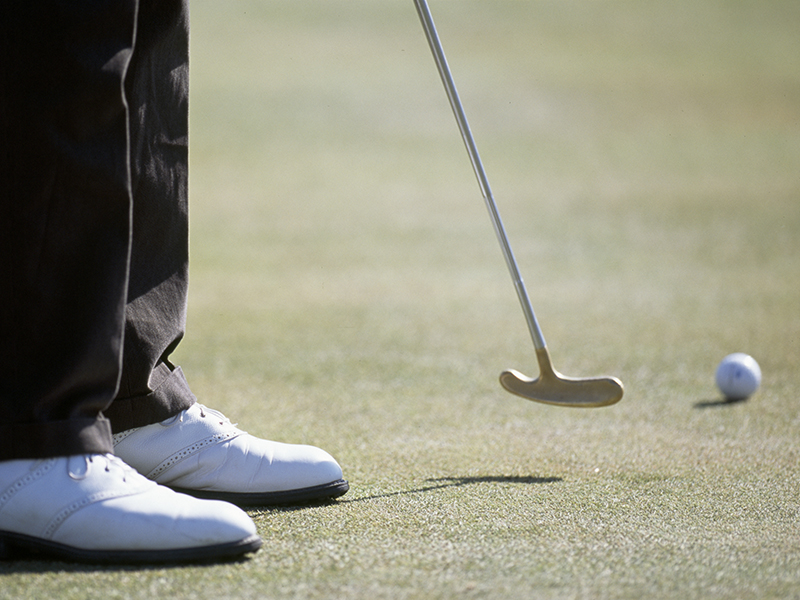
The Bulls Eye putter became one of the most iconic putters of the 20th century, and was famously used by a number of Major winners, including Bob Charles, Johnny Miller, Tom Kite and Corey Pavin.
The putter actually dates back to the 1940s, when John Reuter, a teaching professional from Phoenix, Arizona, came up with the concept of designing a putter that “swung like the pendulum of a clock”. Reuter’s first models, the ‘Sweet Strokers’, were adapted and given a new name: ‘Bulls Eye’.
1950s - MacGregor Tourney irons
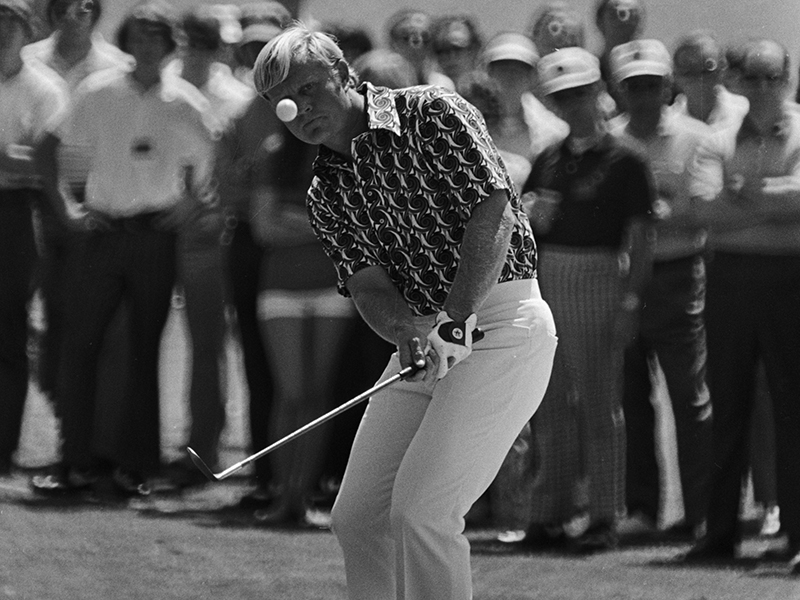
MacGregor was a dominant force for a period of the mid-20th century, and its Tourney irons were used by a number of Major winners, including Jack Nicklaus.
The MacGregor Tourney MT was introduced in 1950, with MacGregor president at the time, Henry Cowen, saying this:
“They are more compact, easier to use and are designed to help the average player. All possible weight has been placed where it will do most good – on the back of the blade, directly behind the hitting area.” It sounds like a description of a modern club".
1960s - Ping Anser putter
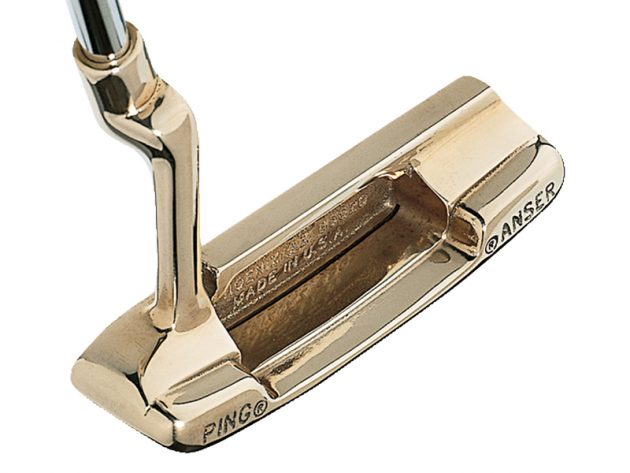
The idea for the Anser came to Karsten Solheim in a flash of inspiration. So sudden was the brainwave that he had to sketch the design on the dust jacket of a record. The name came from Karsten’s wife, Louise, who suggested it was the “Answer” to putting.
The ‘W’ was left out due to a lack of space, hence Anser. With perimeter weighting, a cavity back and a low centre of gravity, the putter set new standards in design.
Ping continues to refine and innovate the Anser, which is unsurprising considering Fred Couples, Seve Ballesteros and Mark O’Meara all tasted Major success using one.
1970s - Taylor Made ‘Pittsburgh Persimmon’ driver
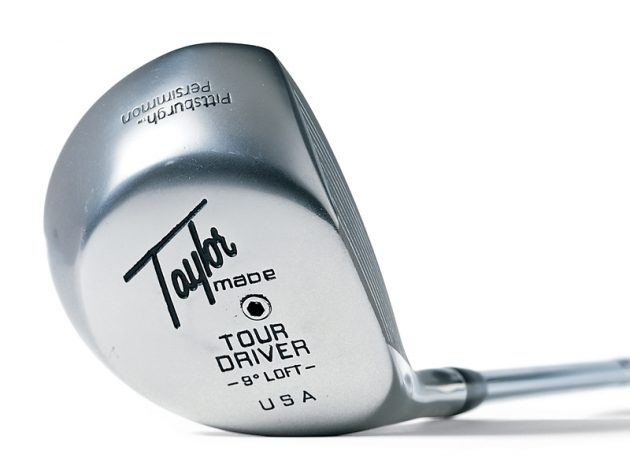
While manufacturers had experimented with metal heads in the past, the breakthrough came in 1979. Club maker Gary Adams created a 12-degree cast stainless steel driver and called it TaylorMade, nicknamed 'Pittsburgh Persimmon'.
Many tour players adopted the club, and in 1981 Ron Streck was the first man to win with a Pittsburgh Persimmon in his bag. The popularity of metal drivers continued to grow from then on, and would eventually replace the wooden heads completely.
1980s - Ping Eye 2 irons
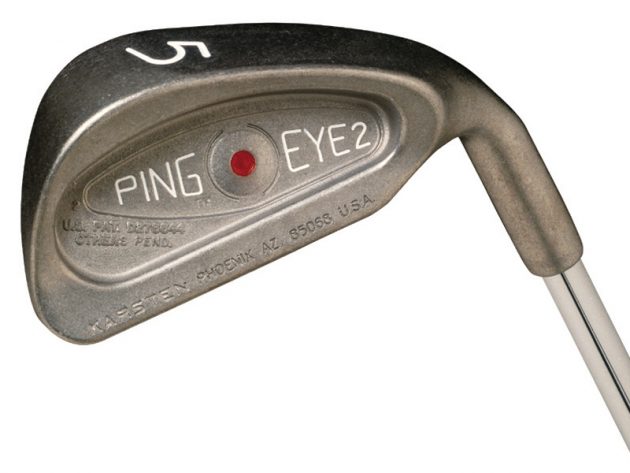
The first Ping Eye irons were introduced in 1978 – they featured an eye shape in the cavity to improve feel. Four years later, the Ping Eye 2 irons were brought to market, featuring significant improvements. Through the course of the 1980s, Ping irons set the standard in the design of cavity back irons.
1990s - Callaway Great Big Bertha driver
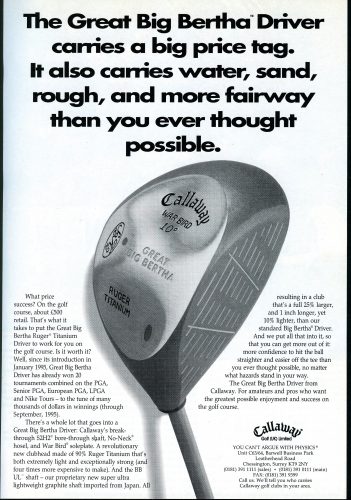
Other manufacturers had experimented with titanium, but is was Callaway that put the new material front and centre in the golf equipment sector. Utilising the benefits of titanium, The Great Big Bertha driver had an oversized head and powerful face, changing the driver landscape considerably.
Thanks to the switch in material, the driver has gone from being the hardest club in the bag to hit to one of the easiest.
2000s - Titleist Pro V1 golf ball

In the mid-1990s, Titleist led the way in providing performance golf balls with its Professional and Tour balata wound models.
But it was always innovating, and towards the millennium it had experimented with a number of prototype multi-component balls. By early 2000, the experts at Titleist had singled out one of those prototypes and earmarked it as having particular potential.
It had a solid core, a surlyn casing and a urethane cover featuring a 392-dimple icosahedral pattern.
In testing, the pros offered excellent feedback and they wanted to put it in play as soon as possible. Titleist needed to give the ball a name to get it on to the USGA’s conforming balls list. It quickly came up with Pro V1 – Pro being professional, V being the urethane veneer and 1 because it was the first.
It was a temporary name, or so they thought! When the team at Titleist told the pros, they liked it and it stuck. The Pro V1 is the single most successful piece of golf equipment in the history of the game.
2010s - Distance measuring devices (DMDs)

Although DMDs were around before 2010, the last decade was the one in which they became ubiquitous. By the end of 2019, almost every golfer had some sort of DMD, whether a GPS unit or a laser rangefinder. Rangefinders work simply by pointing at a target, bouncing a laser off it and noting the yardage. GPS units can be handheld, attached to a bag or worn as a watch.
2020s - Launch Monitors
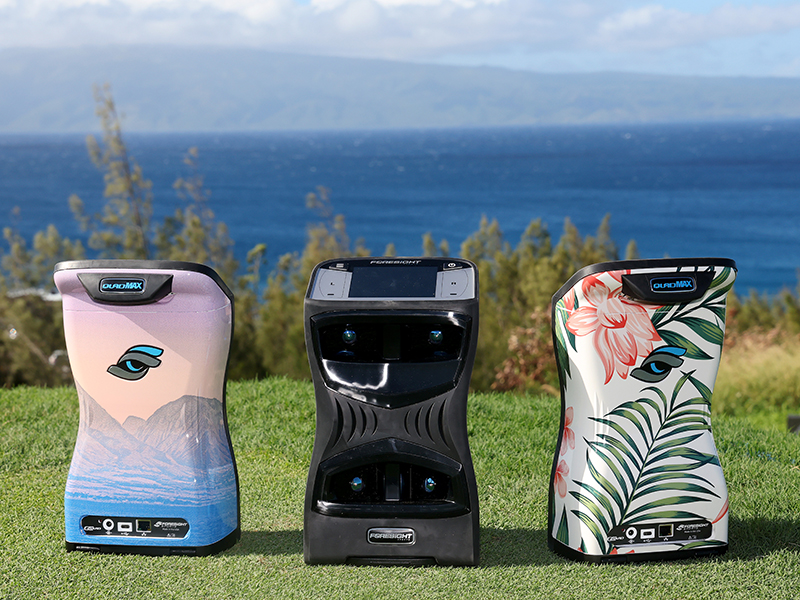
Launch monitors have completely changed the way golfers look at their own performance, providing instant feedback and data to help them pinpoint areas of strength and development in their games.
The best golf launch monitors, like the Foresight Sports GC3, give players the opportunity to gauge their ball speed, carry yardage, launch angle and apex height on every shot they hit on the practice range.
As golf technology continues to innovate, it is hard to know what will be the next step forward in our sport, but based on the journey we have highlighted in this article, I can't wait to see what the future holds.

Sam is Golf Monthly's Senior E-commerce Editor which mean's he oversees everything E-com related on the site.
This takes the form of creating and updating Buying Guides, reviews, and finding bargain prices for deals content.
Working with golf gear and equipment over the last seven years, Sam has quickly built outstanding knowledge and expertise on golf products ranging from drivers, to balls, to shoes.
He combines this knowledge with a passion for helping golfers get the best gear for them, and as such Sam manages a team of writers that look to deliver the most accurate, insightful, and informative reviews and buying advice. This is so the reader can find exactly what they are looking for, at a good price.
Additionally Sam oversees Golf Monthly voucher/coupon content which seeks to find you the best offers and promotions from well-known brands like Callaway, TaylorMade and many more.
Unfortunately, Sam is not a member of any club at the moment but regularly gets out on the golf course to keep up the facade of having a single-figure handicap.
-
 'He Wouldn't Talk To Me' - Bryson DeChambeau Reveals Rory McIlroy Dynamic During The Masters Final Round
'He Wouldn't Talk To Me' - Bryson DeChambeau Reveals Rory McIlroy Dynamic During The Masters Final RoundAfter a disappointing Sunday at The Masters, DeChambeau shared that McIlroy was so focused en route to victory that the pair barely exchanged words all day
By Jonny Leighfield Published
-
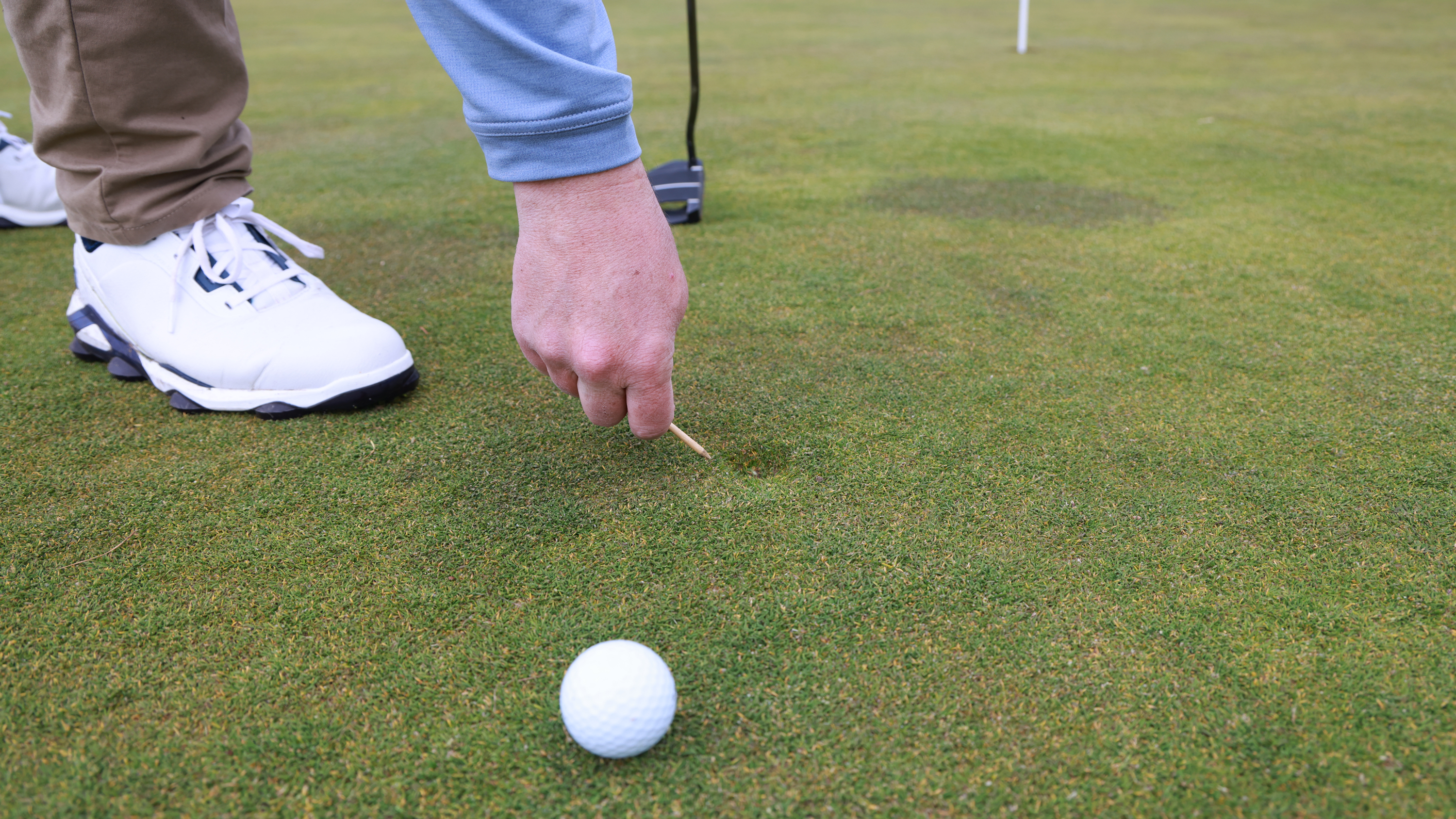 The 5 Rules I’ve Struggled With Most In My 40 Years As A Golfer
The 5 Rules I’ve Struggled With Most In My 40 Years As A GolferThere are some Rules that are easy to accidentally break and there are others that are difficult to accept. Here are five of them.
By Fergus Bisset Published
